This review was provided for free using a demo bike, but Bianchi paid for a hotel during my visit to film. My goal is to be transparent and unbiased with you, this video and writeup are not meant to be an endorsement of Bianchi products. I welcome your corrections, additions, and feedback in the comments below, and the Bianchi electric bike forums.
Pros:
- This is a unique looking electric mountain bike, and to me it verges on sport utility vehicle (SUV) because of the mini fenders and custom lights. I love that it comes in three frame sizes, is sold through shops, and has such a clean drive system integration (Bosch CX motor and Powertube 625 battery pack).
- It’s a purpose built electric bike with high attention to details. Notice the internal cable routing, hidden rear wheel speed sensor (not a spoke magnet), black rims, spokes, hubs, and suspension fork stanchions! Everything matches perfectly, and there’s a premium feel to it.
- The Bosch drive system is very responsive, and powerful. You get up to 85 newton meters of torque, it measures the rear wheel speed, pedal cadence, and pedal torque over 1,000 times per second, and there’s also shift detection so the chain and sprockets won’t get worn prematurely.
- I’m very impressed by the 12-speed 10-50 tooth drivetrain, which will make starting and climbing easier, and give you lots of cadence options for comfort at a range of speeds. This is a cross country electric mountain bike, so riding fast for long distances pairs nicely with the many cadence speeds.
- The SRAM trigger shifters are configured for single-click shifting. This preserves the drivetrain components, and is good for high powered mid-drive electric bike setups like we see here. The shifters both use your thumb, and are easy to actuate without taking your pointer and middle finger off of the brake levers.
- Upgraded narrow-wide tooth chainring provides protection against chain drops when riding fast and on bumpy terrain. This is a part that I usually see on high-end mountain bikes, and it reduces the need for a chain guide which would add weight.
- The high-step diamond frame is very sturdy, so you won’t get frame flex. I love how they’ve utilized the triangle by adding bottle cage mounts below the top tube and on the downtube… three bosses there. I believe you can position a folding lock or bottle cage here more comfortably here as a result.
- Although it only comes in high-step, which means higher stand over height, they do sell it in two colorways. The first is all black, which is what I photographed and filmed. The second is black with bright blue accents (Bianchi colors) and it looks sporty. This second option pairs nicely with the integrated lights to be more visible if you do urban night riding.
- There is a mounting point to add a rear kickstand if you wish, which could be very handy for stabilizing the bike during storage, when charging, or removing and replacing the battery pack. I believe the spacing is standard 40mm for the holes, which would work with many aftermarket stands.
- The right chainstay appears to dip lower, which reduces the potential for chain slap. This asymmetric frame design is very custom, costs extra, but improves the durability and quietness of the bike. Very unique and cool!
- High quality hydraulic brakes with large 180mm rotors. You get cooling efficiency, and a mechanical advantage over the tall wheels and heavier plus sized tires. For a cross country setup, these check the box and appear to use high quality parts from Shimano.
- Excellent suspension fork here from Rockshox (part of the SRAM family)! It uses an air chamber, which is lighter and more adjustable (you can sag it according to your body weight, like preload). There’s a compression clicker, and rebound clicker.
- Bianchi chose 2.6″ wide plus sized tires that help to spread out the weight of the heavier ebike platform, and provide a larger contact patch for improved float, deflection, and higher air volume for comfort. The width also increases the height of the tire, and provides a lower attack angle for the wheel as a whole, overcoming obstacles and cracks more smoothly. Note that 2.6″ is the smallest of the plus sized range (which includes 2.8″ and 3.0″ as well).
- In order to handle the high volume 2.8″ tires, the wide 12-speed cassette, and improve overall wheel strength with a sturdier spoke bracing angle, the hubs are wider. The bike uses Boost hub spacing vs. regular. Also, both axles are thicker than average with 15mm front and 12mm rear, which improves strength and stiffness. Finally, the rims have reinforcement eyelets where the spokes connect, which reduces the chance of cracking as they are adjusted and trued.
- Bianchi chose to use one of the nicer ABUS keysets for their battery lock, which can be matched to aftermarket security locks. While it takes additional time and money to order one of these matched locks, it reduces the clutter and wasted time of having to carry additional keys.
- Excellent weight distribution with a mid-drive motor and downtube integrated battery pack. The motor casing is made from magnesium to be light weight, and the battery pack sits as low as possible towards the bottom bracket. Overall, despite being a little heavy, the bike handles very well in my opinion.
- The Powertube 625 is one of the highest capacity battery currently available from Bosch for electric bicycles. This pack offers increased range and probably lasts longer than the 500 watt and 400 watt options. For optimal use, keep the pack between 20% and 80% full, store it in a cool dry location, and maintain 50% charge if you aren’t using it for long periods so as not to stress the Lithium-ion chemistry. Bosch does extensive durability testing and supports their product designs for roughy seven years after being discontinued… so you can feel confident that the bike won’t become obsolete anytime soon.
- This ebike comes with the faster Bosch 4 amp standard charger! It makes perfect sense, given that it ships with a high capacity battery pack. In general, I like this charger because it’s fairly compact, lightweight at 1.5lbs, and quiet compared to almost all of the competition.
- Bianchi has been in business for over 130 years. It started in Milan in 1885 with Edoardo Bianchi. They say that they’re committed to building products as artisans “a regola d’arte”, distinguishing design, style, and taste. They sell exclusively through dealers, but are part of the wider Bosch network, so there’s a sense of reliability and replaceability here that is above average, in my opinion.
Cons:
- While most true mountain bikes do not ship with a kickstand, there are situations where it could be useful or more relevant. Given the fenders and integrated lights on the Bianchi E-Omnia X-Type, I feel like maybe it’s meant to be used as a “cross over” platform for urban riding. In situations like that, where you commute during the week and do some off-road fun on the weekends, adding a kickstand could make sense.
- The platform is heavier than many other hardtail cross country electric mountain bikes I’ve seen, and I think that’s due to the the uqique frame, Boost hub spacing, plus sized tires, and little things like the alloy crank arms and rigid suspension post that could have been carbon fiber. I would probably swap the seatpost for a suspension post or dropper post to add comfort or utility… it’s nice that the post size is wider 31.6mm which provides more options for droppers.
- The seat post clamp uses a wedge design that looks neat and is more streamlined, but requires tools. For a cross country model, I guess that’s okay because most of the riding would be on rolling terrain, but if you find yourself descending and want to quickly lower the saddle height, or let a friend try it, there’s more effort and time required.
- As cool as the headlight looks, it does not point where you steer because it’s integrated into the steer tube. I had some concerns about the cables up front, which seemed like they could get snagged on the fender just below. This fender seems to block the light from shining down at a steeper angle. Perhaps the light is meant to help you be seen more than fully illuminate a trail? Also, the rear fender seemed to rattle a bit as shown in the video review.
- The plastic battery shield cover does not lock to the frame, so it could be tampered with and lost more easily than the battery pack. Perhaps it’s lighter and simpler this way, bit it still weighs about a pound all on it’s own, I’ve seen other shield systems that are similar but lighter because they don’t also have the fender piece mounted below.
- The charging port is located low on the left side of the frame. This requires bending down to reach, and is more exposed to dust and water. Considering that the bike doesn’t come with a kickstand, and best practices suggest laying the bike down on the non-drivetrain side (left side) to keep the derailleur safe, the charge port is going to be facing down and very difficult to reach. You could lean the bike against a wall to plug in and charge, but this feels vulnerable to me. High on the right side of the downtube would be my first choice for charge port location.
- The locking cylinder that allows the battery pack to be removed is hidden under the plastic battery shield, and is difficult to see and interact with, especially without a kickstand or wall to lean the bike against. The battery itself is fairly heavy at 7.7lbs and almost requires two hands to manage once unlocked… so it feels like you almost need three hands (one to unlock and stabilize the bike, two for the battery. Same situation when putting it back into the frame, and the key must be twisted to the unlock position for the pack to actually stow correctly. I wish you could just push it into position and not need the key.
- Be careful when lifting and transporting the PowerTube 625 battery because it does not have an integrated handle like the older PowerPack batteries. The 625 is pretty heavy at 7.7lbs and could easily get damaged if dropped, or really hurt your foot or nice flooring!
- The Bosch Purion display is the most basic in their lineup from the first generation ebike systems. It’s grayscale, does not offer USB charging capability, and is not compatible with the Bosch smartphone apps. You could purchase an upgrade, like the Kiox or Nyon to get some of these features, but you’ll have to pay for a shop to install them. You cannot upgrade the battery or display to the latest Smart System generation of products.
- I didn’t see bosses for easily mounting a rear rack. This is something I like to do with hardtails, because I often use them for commuting during the week. Having lived in a small apartment where I only had space for one bike, I appreciate the options and versatility of additional mounting points. At least this one has two bottle cage mounts (one below the top tube and one on the downtube).
- You might have noticed that the motor was producing more noise in the video review above. This tends to be the case for the most powerful motors, especially when pedaling at higher RPM speeds (spinning faster). This particular drive system is ver powerful and dynamic, offering shift detection, but will use power more quickly than some others.
- This is a very minor consideration, but the right chainstay doesn’t have a slap guard. It’s built lower than the left chainstay, so maybe that reduces chain slap, but a clear piece of box tape or aftermarket neoprene slap guard could further protect the paint.


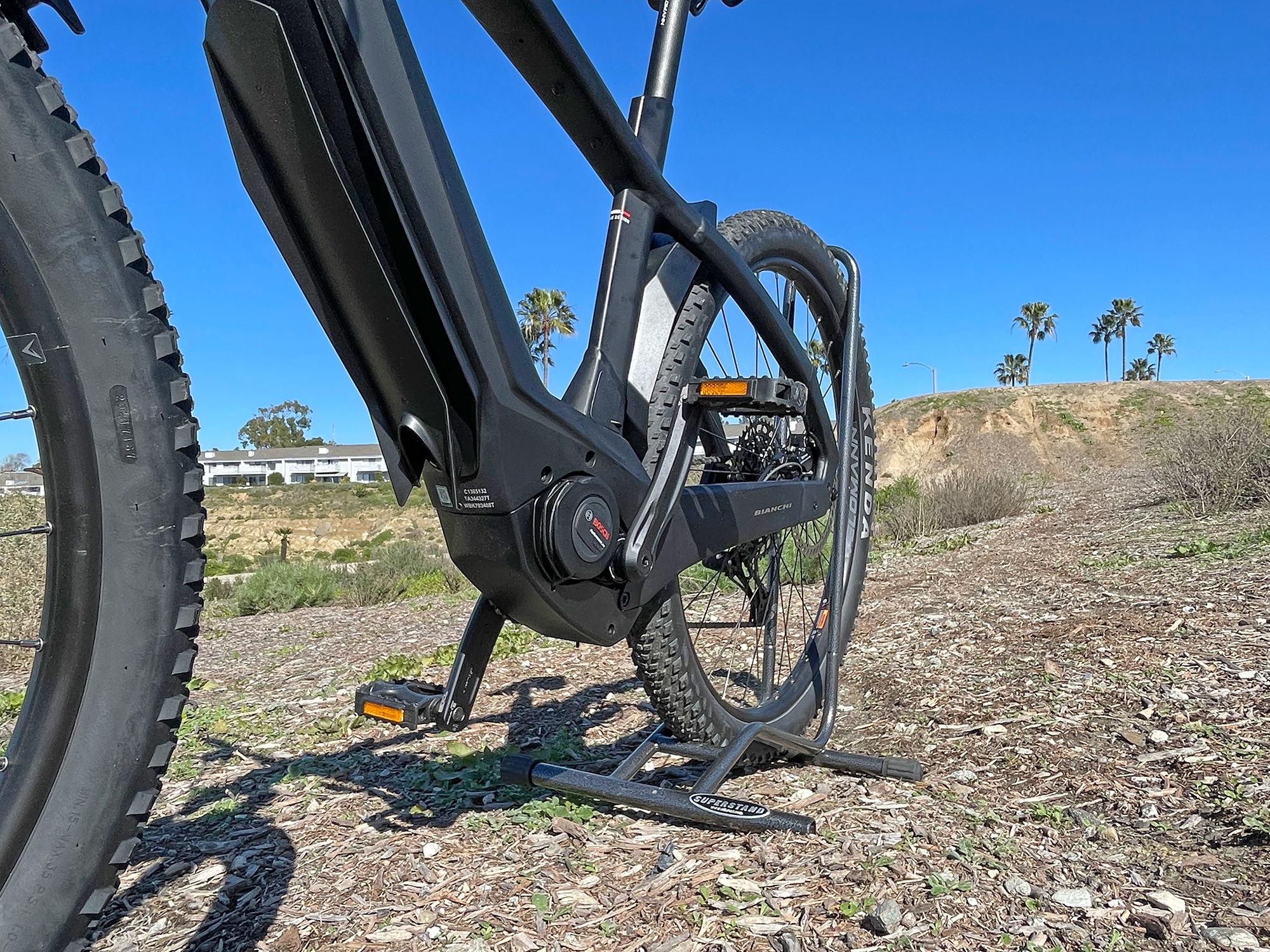
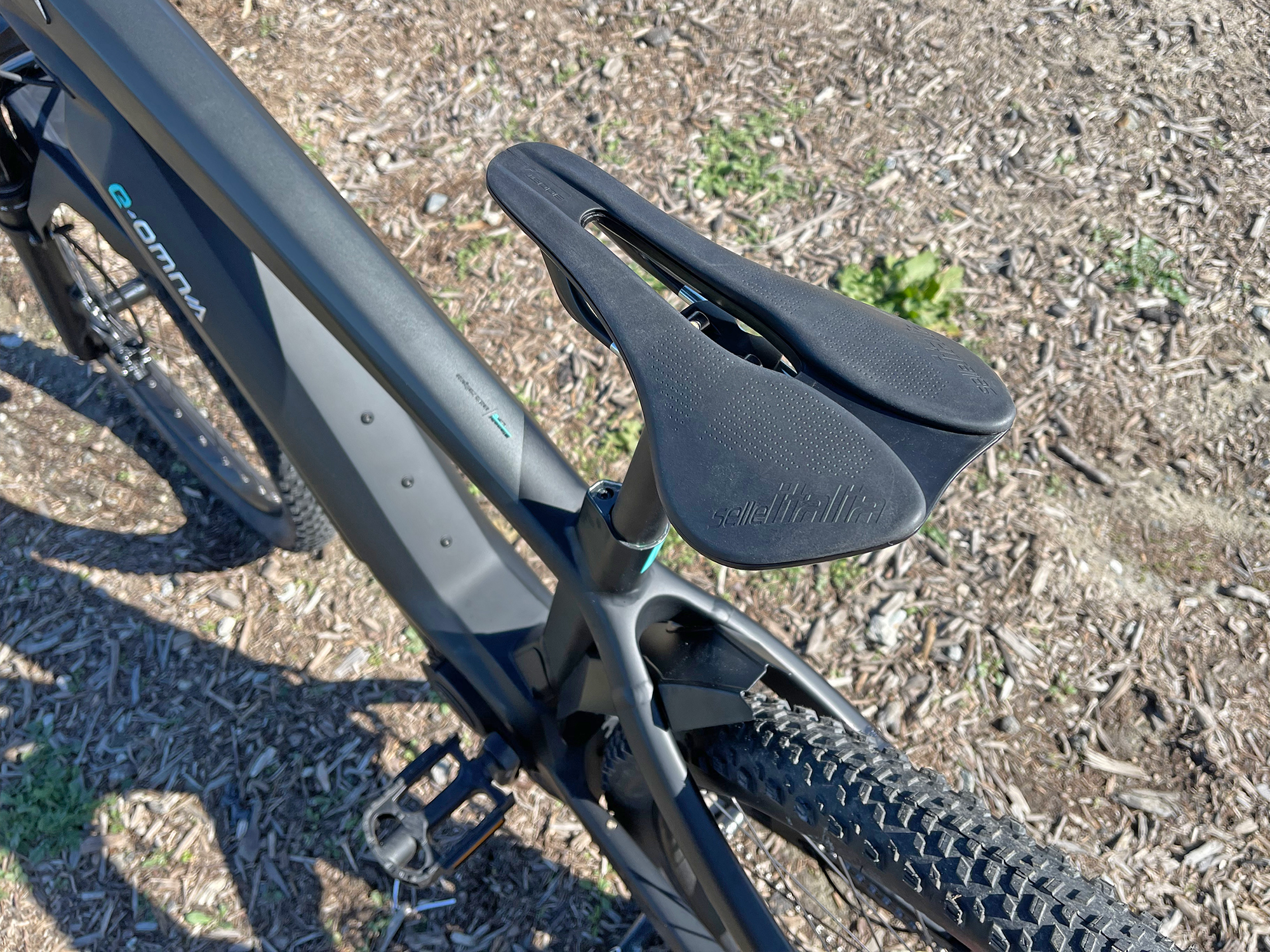
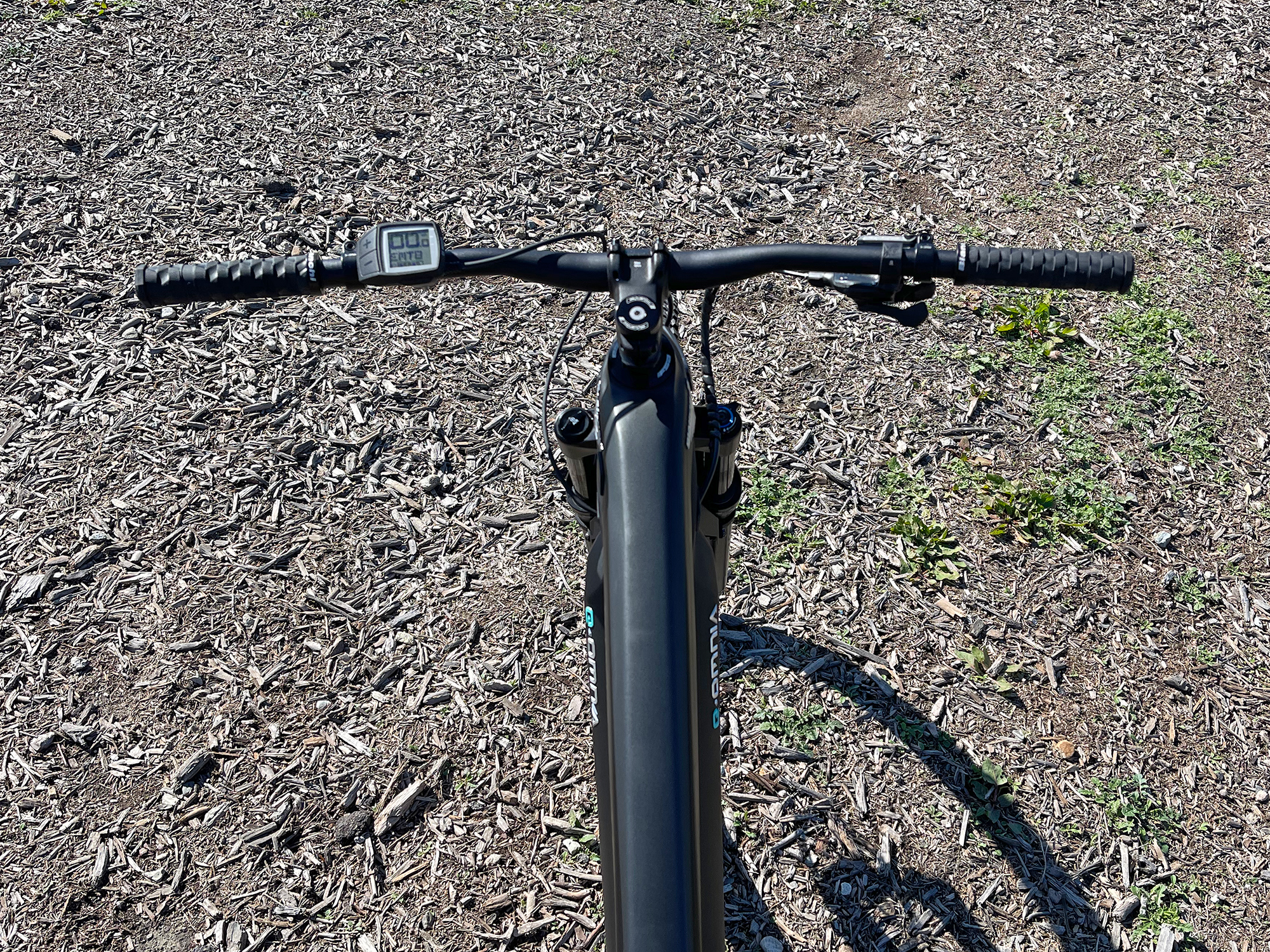
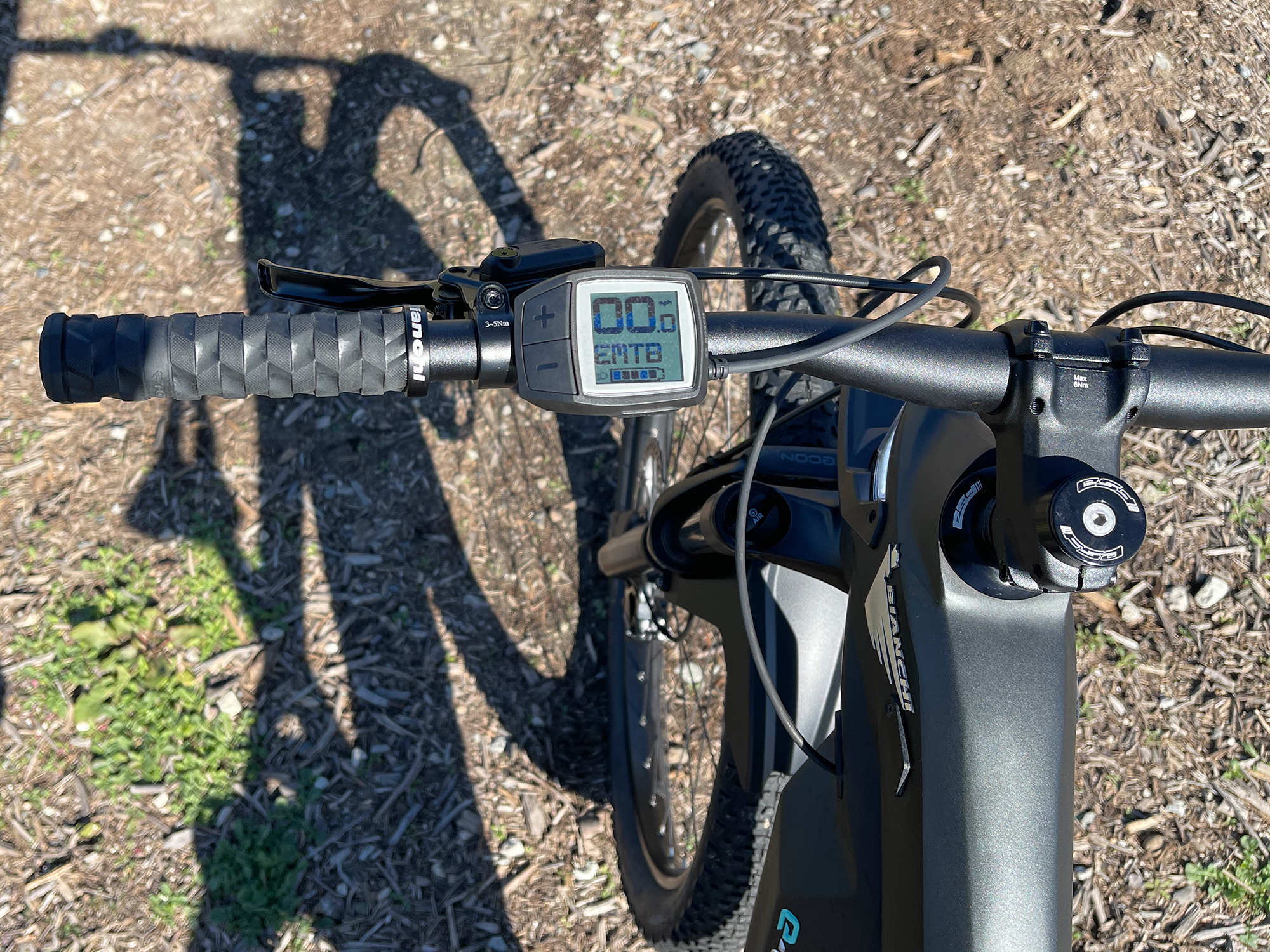
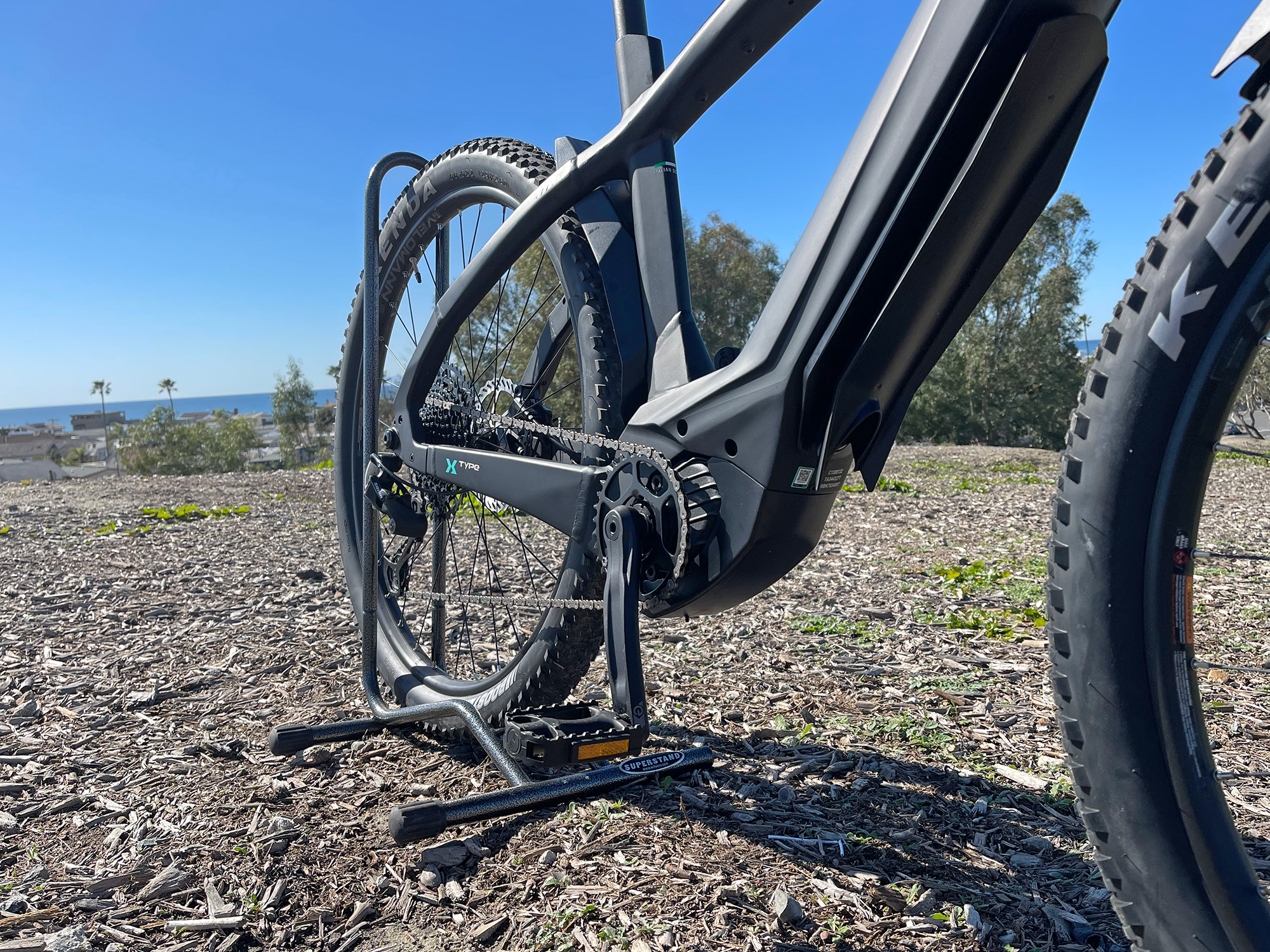
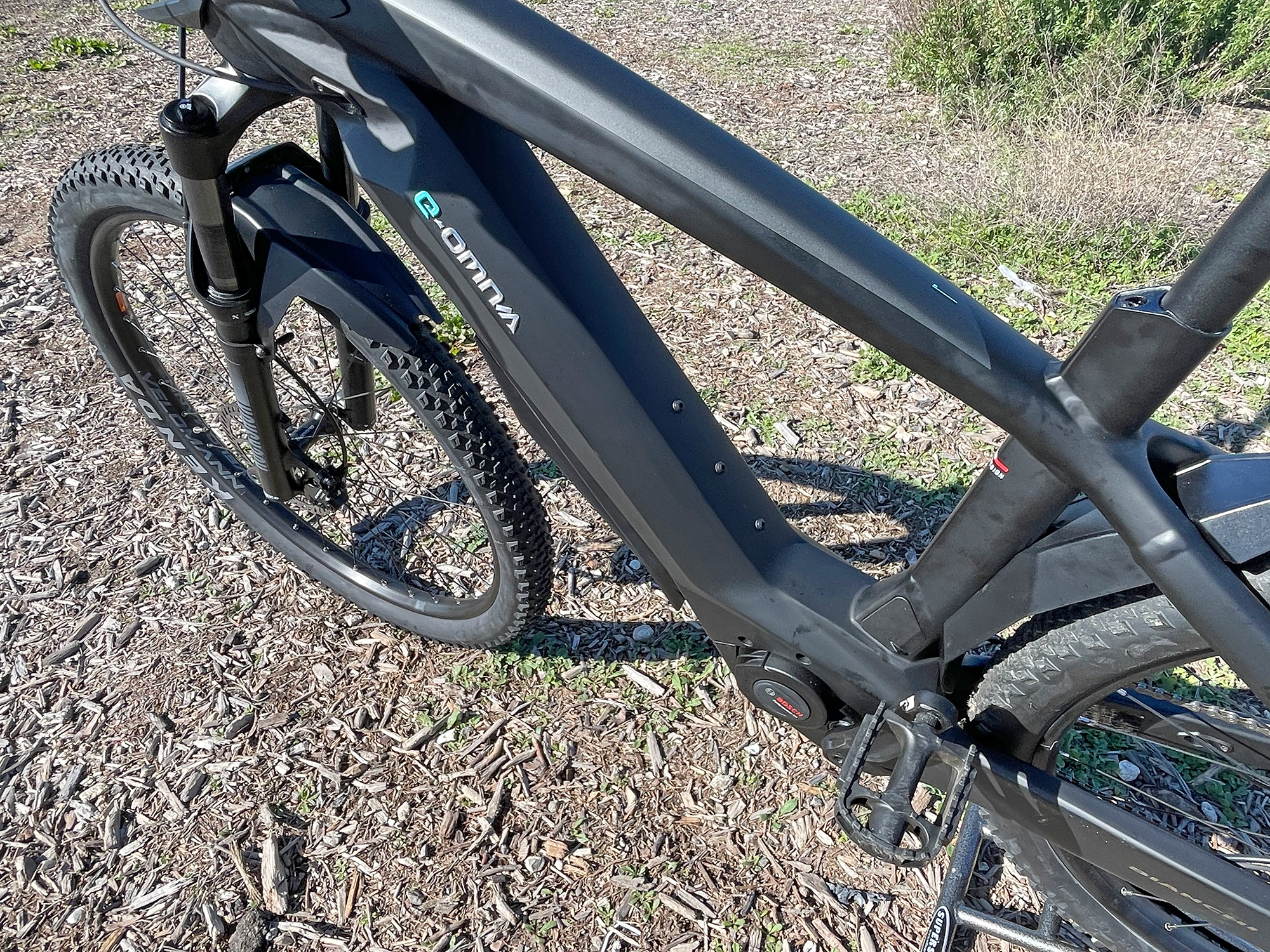
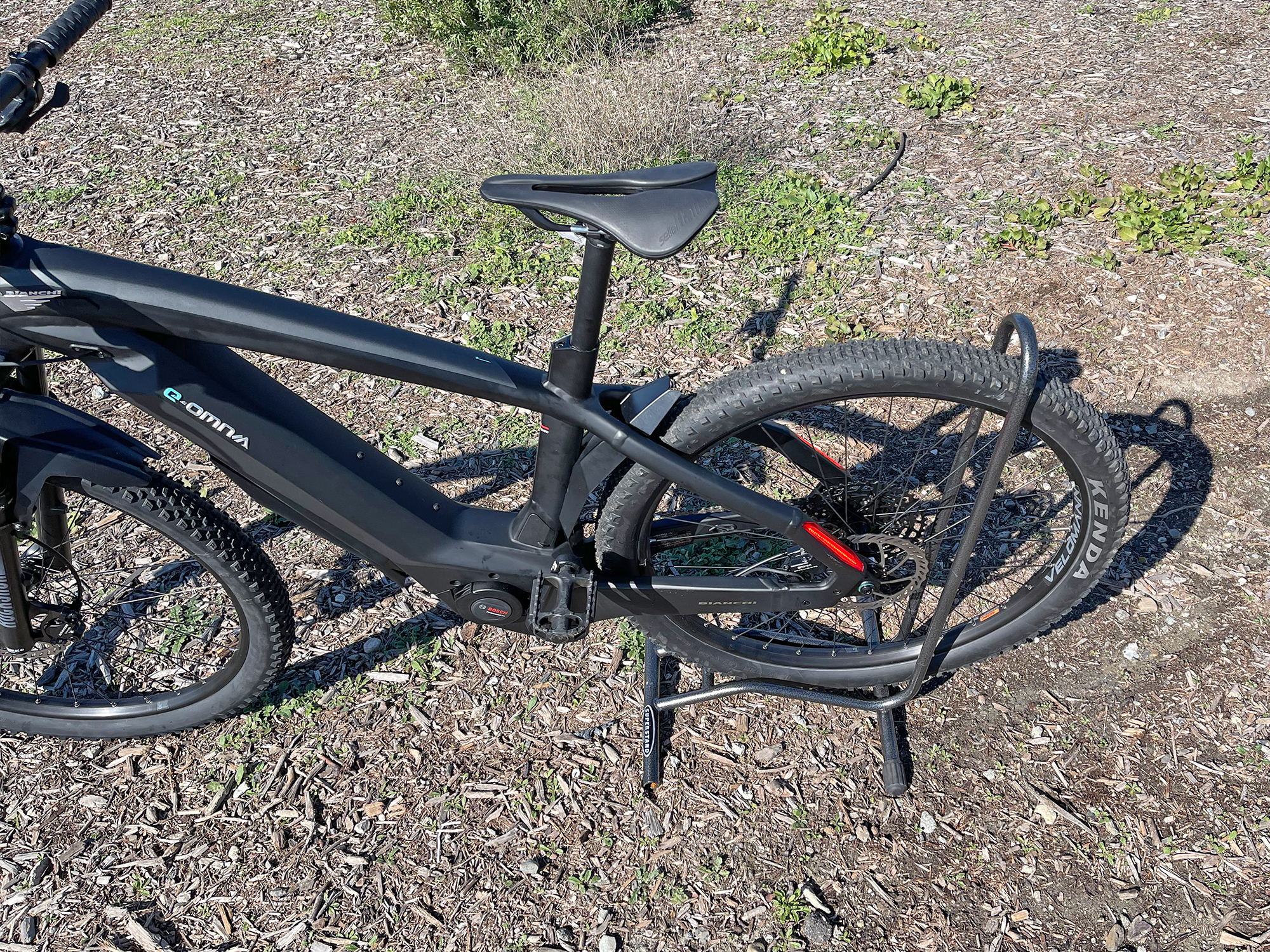
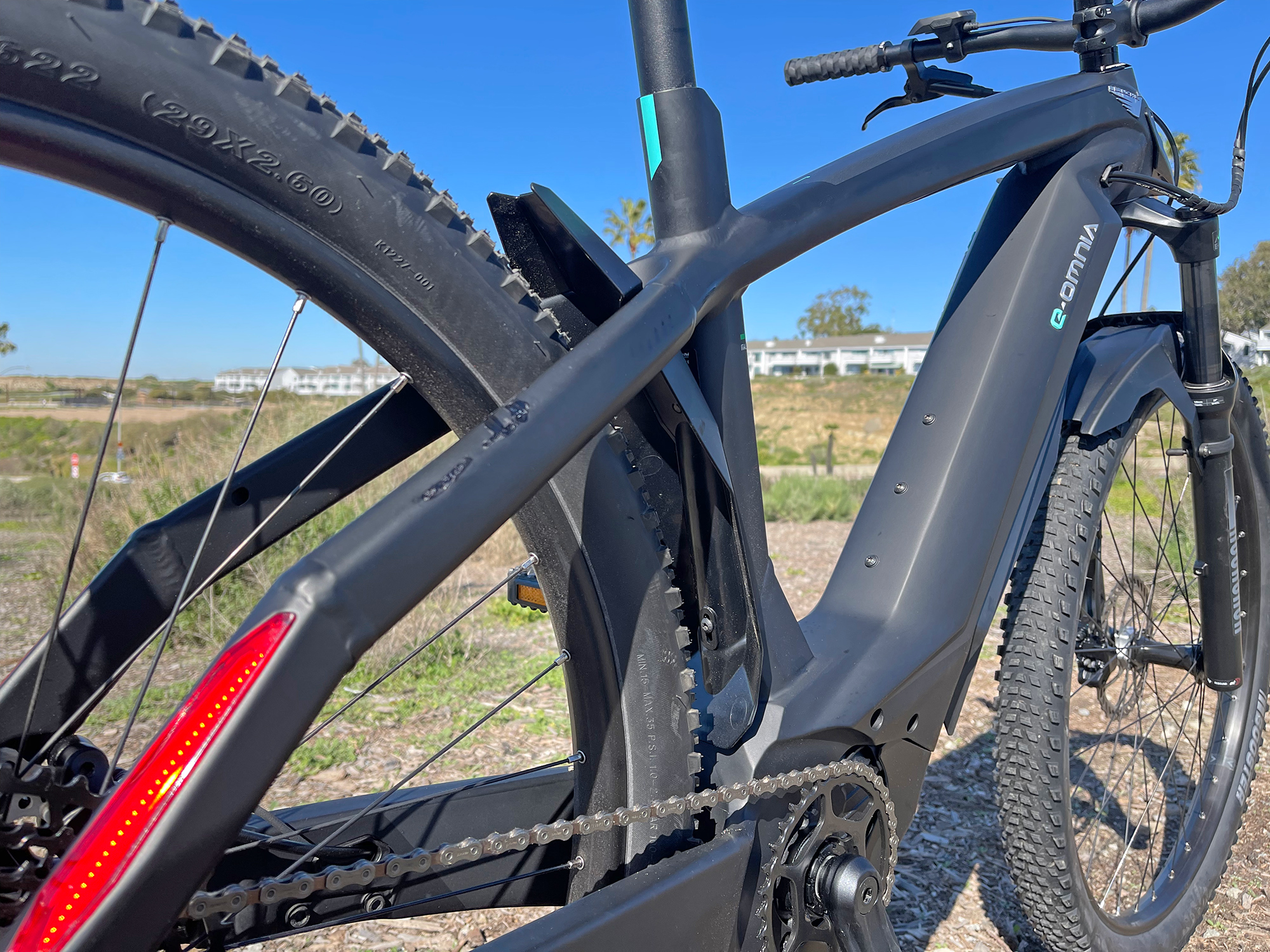
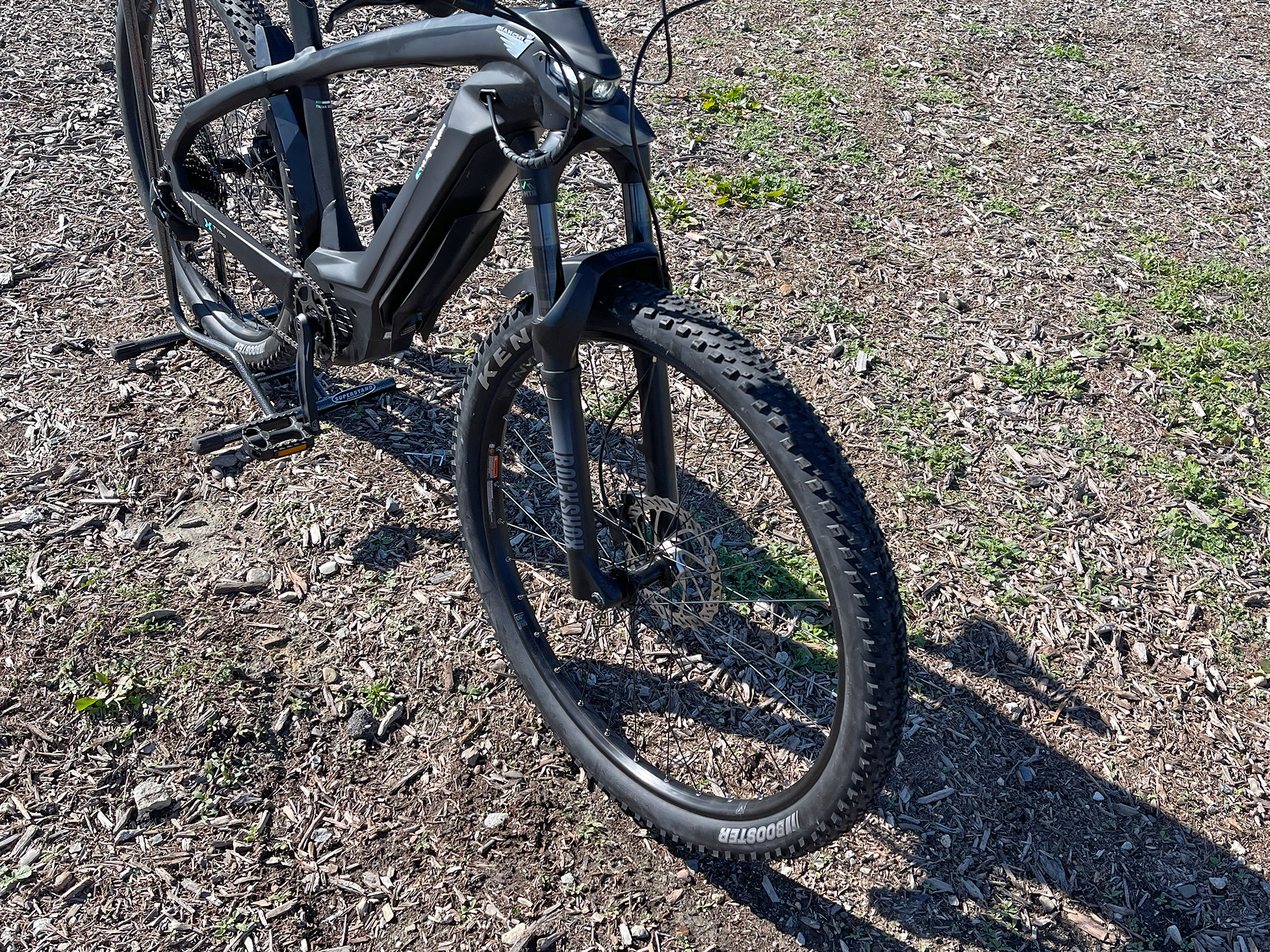
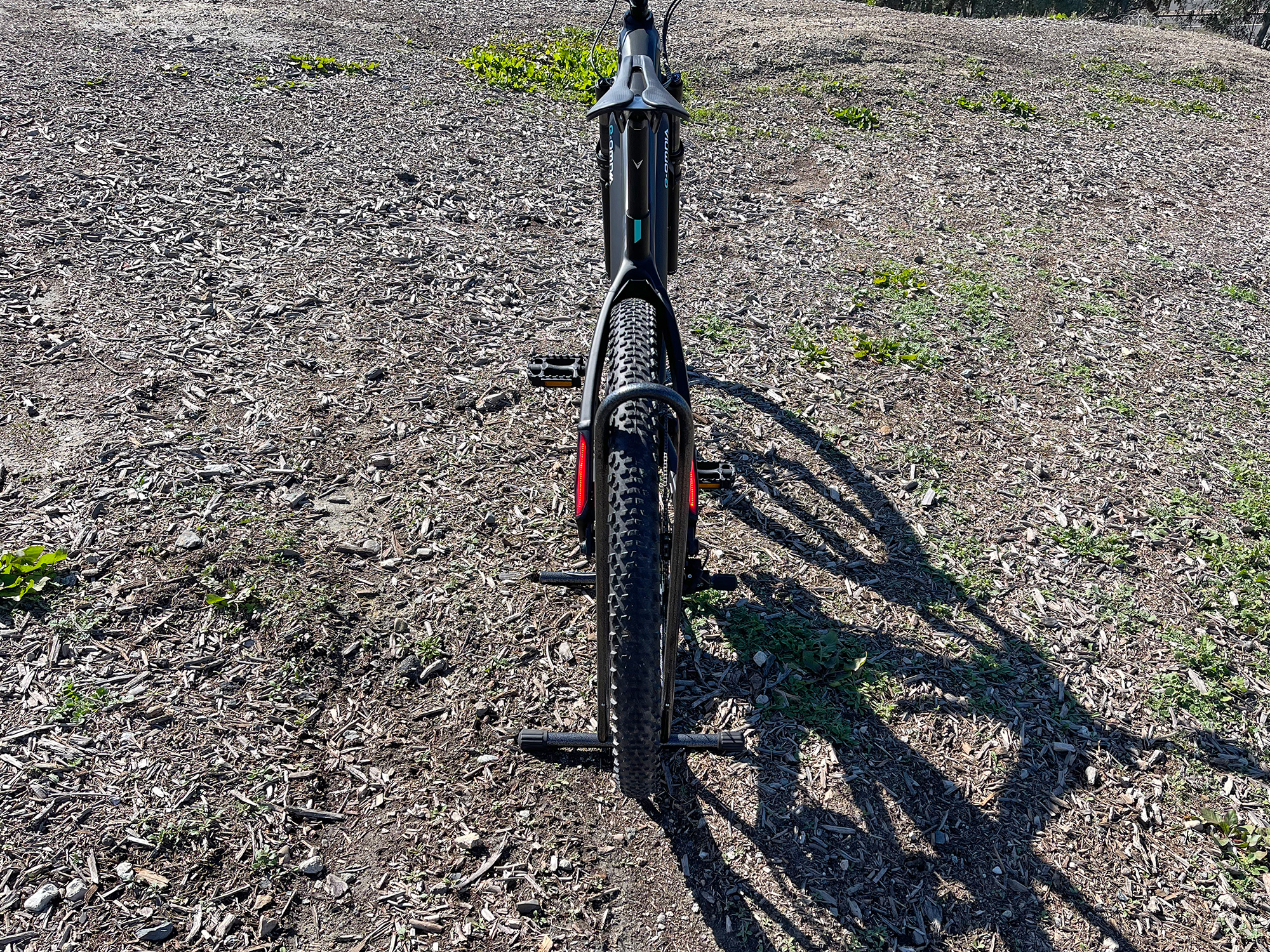
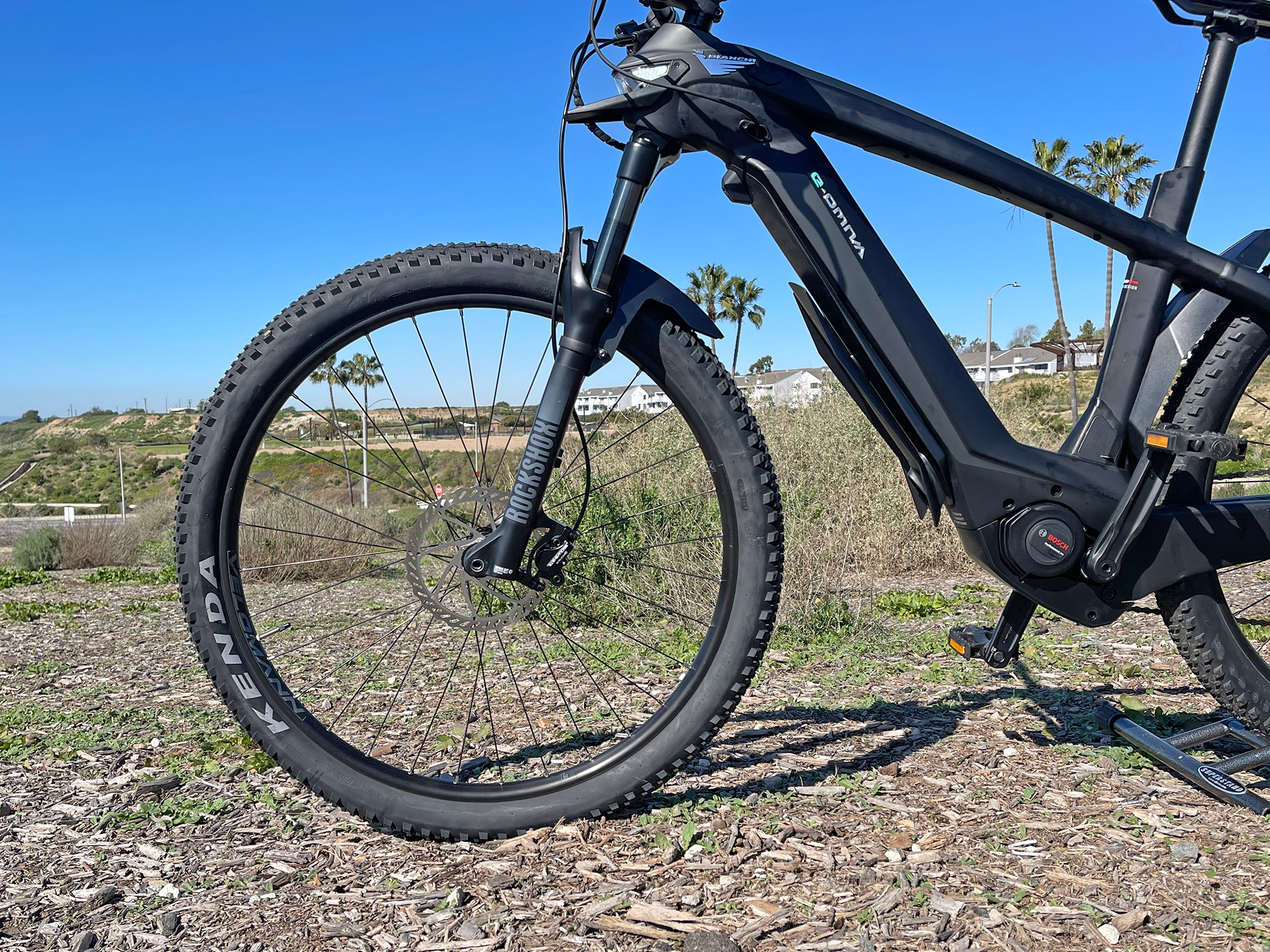

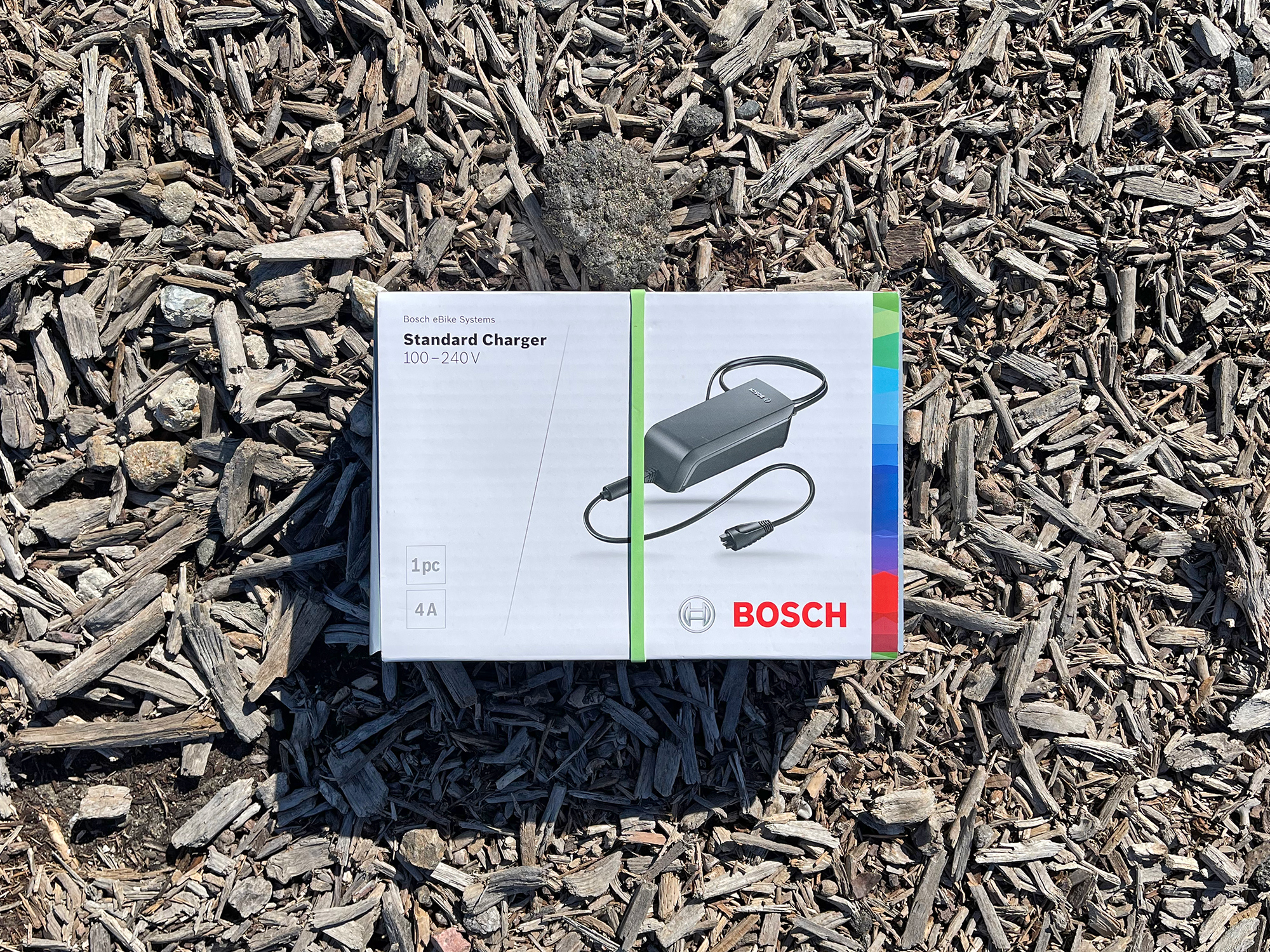
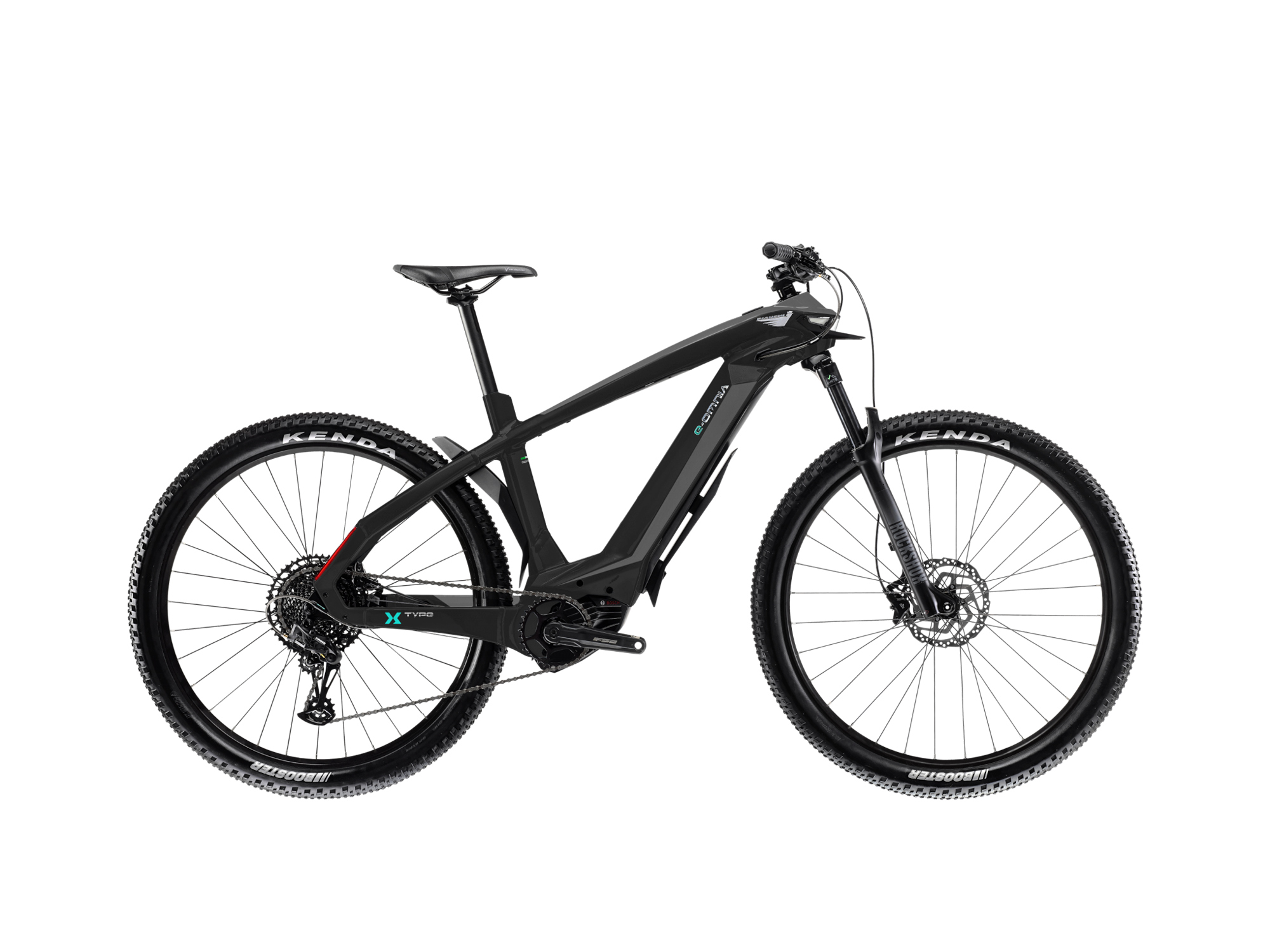

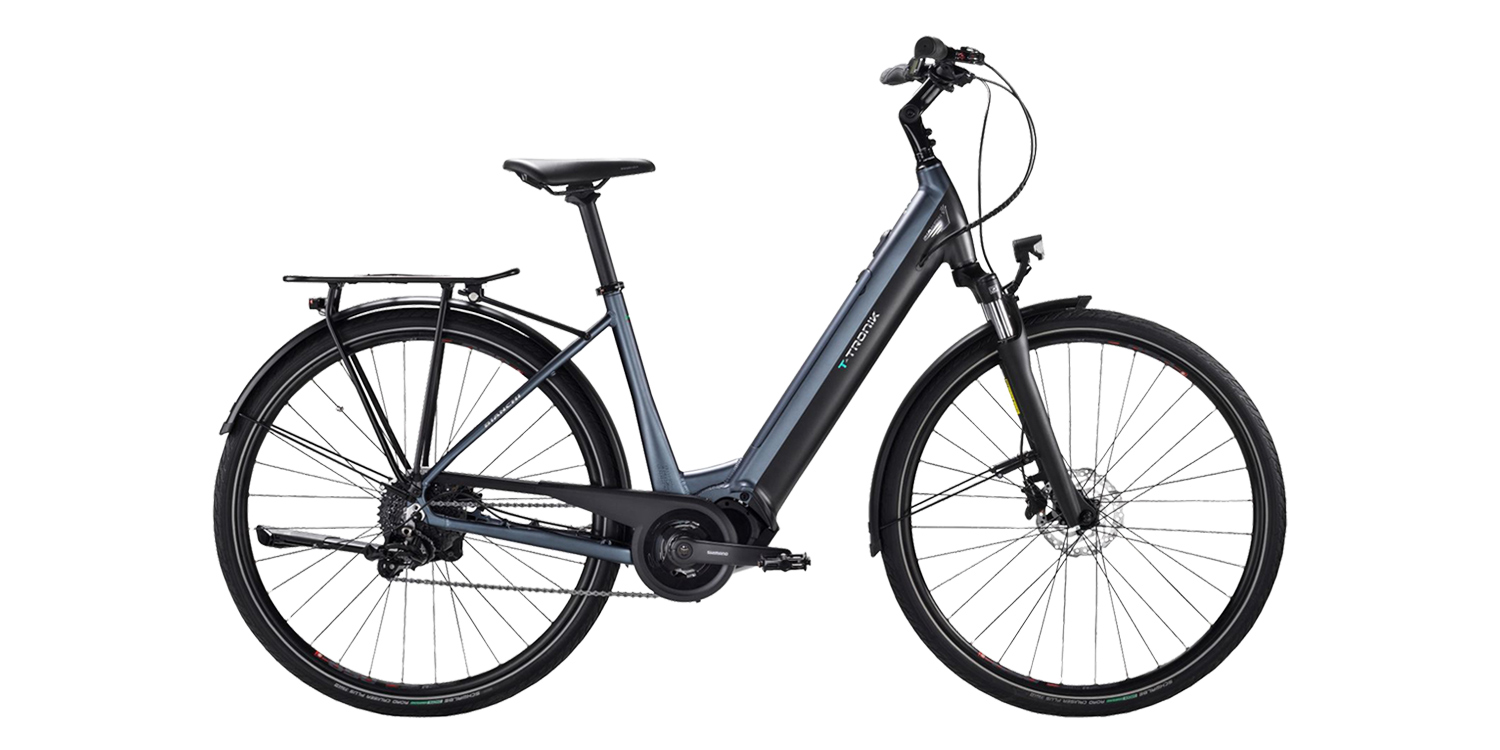
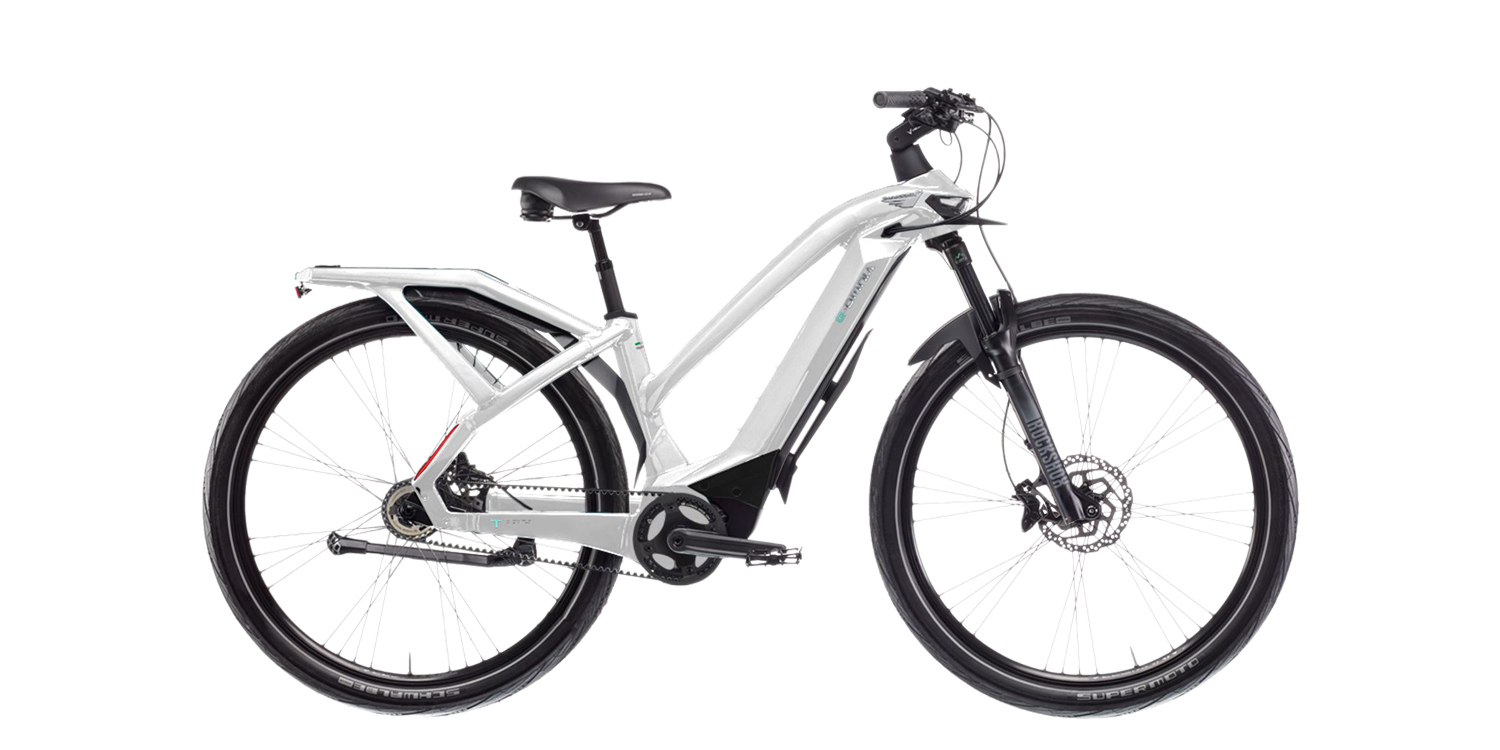
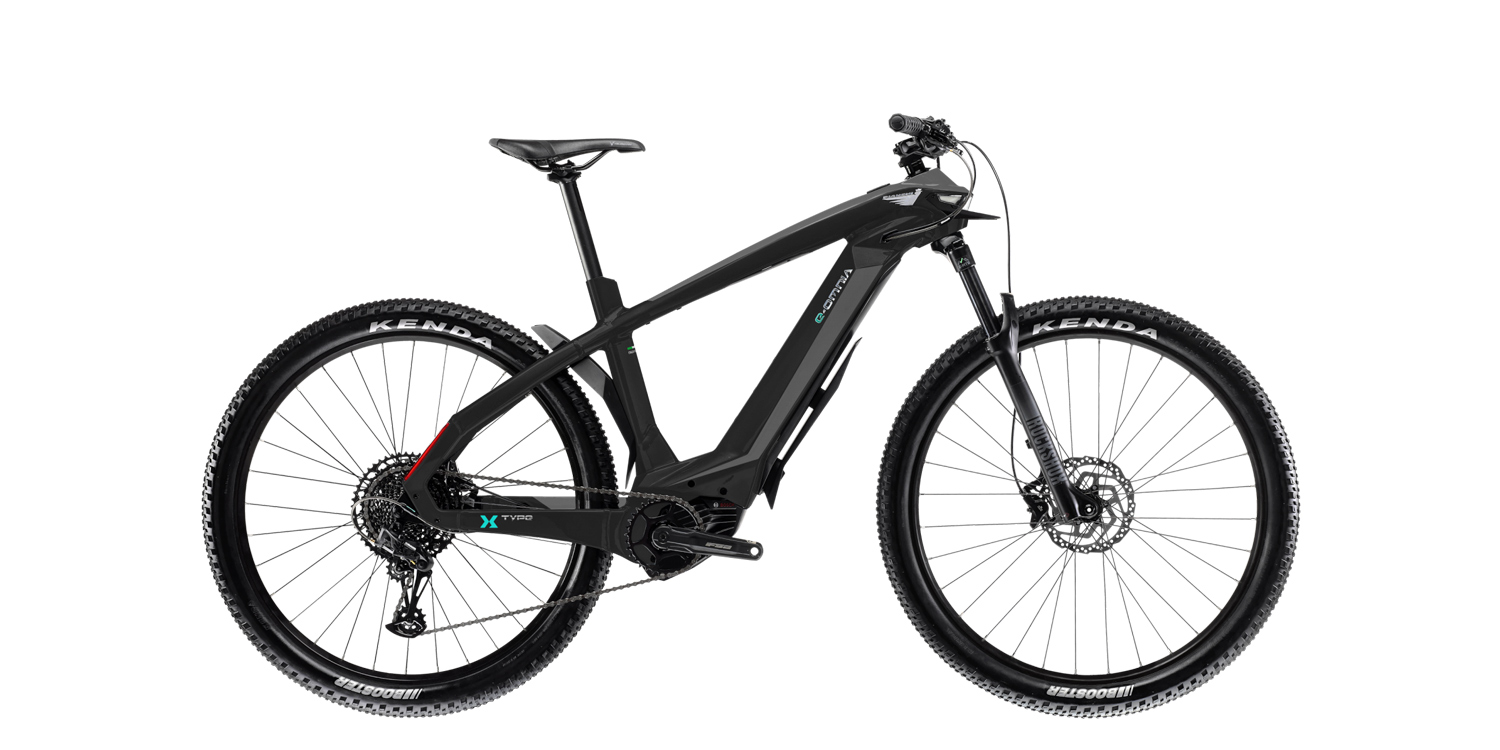
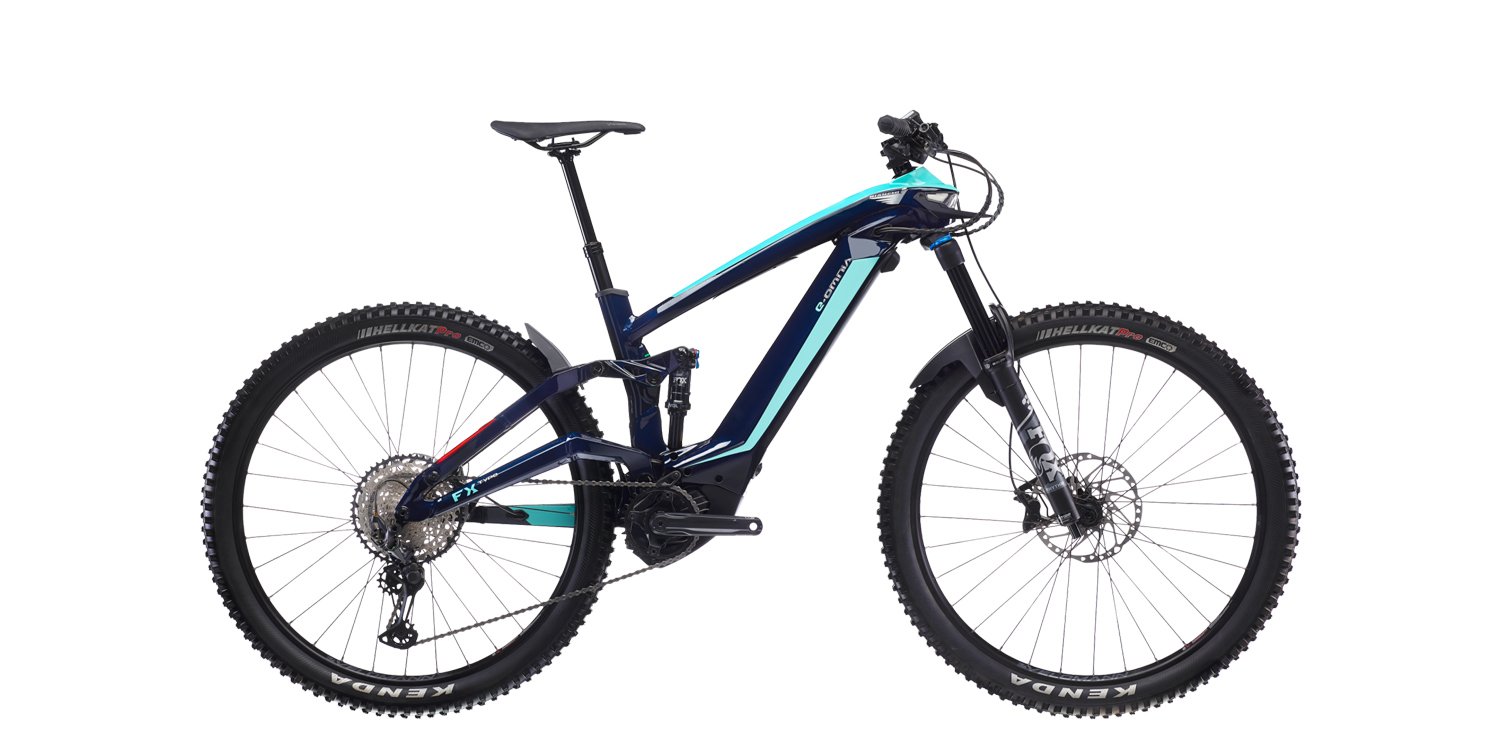
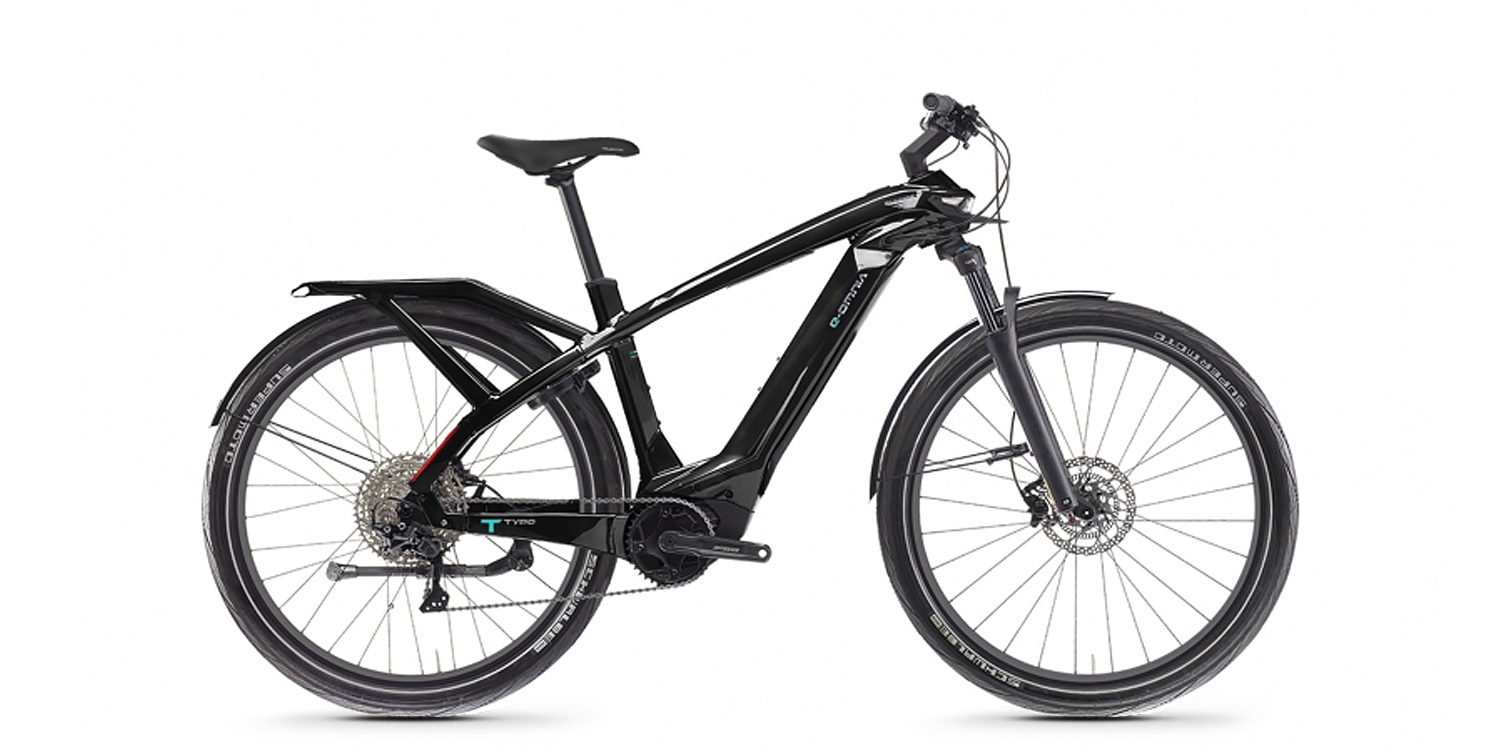
Reader Interactions